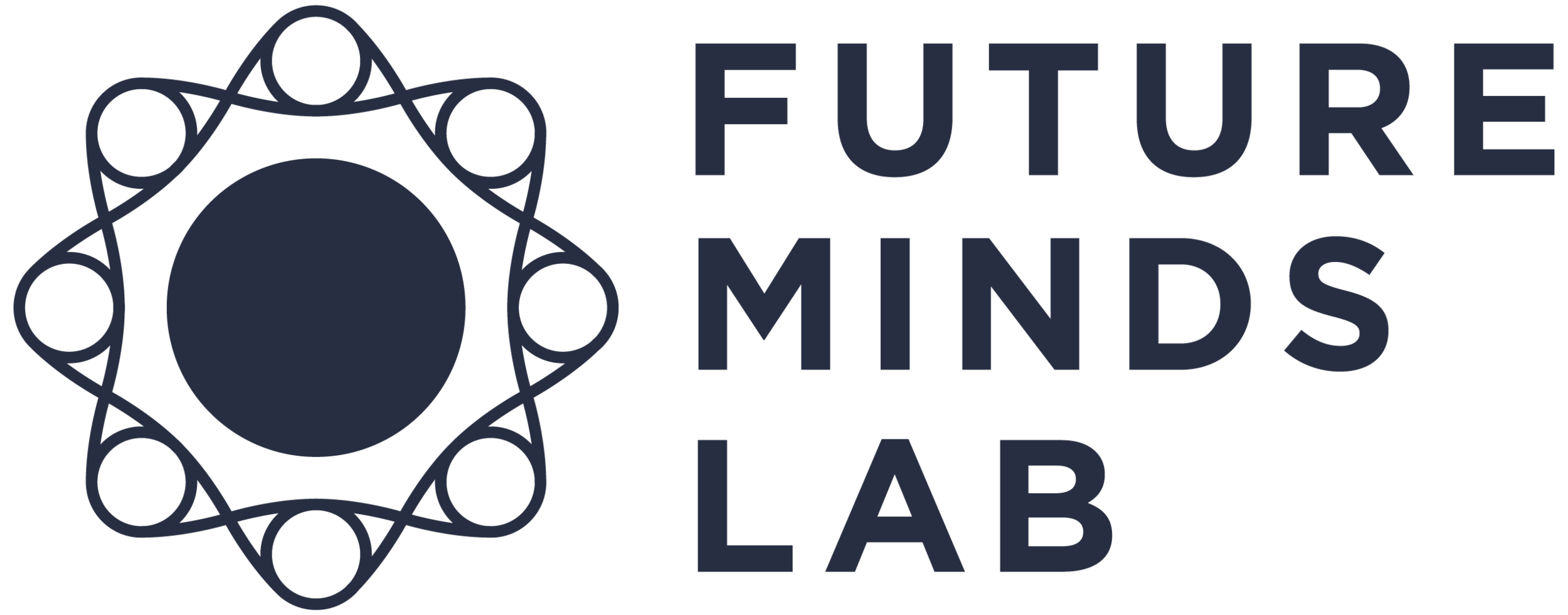Wander before you run: The value of fundamental science to real-world applications
In July of this year, hundreds of psychology and neuroscience researchers descended on beautiful Hangzhou, China for the 14th Asia-Pacific Conference on Vision (APCV), myself among them. Scientists from across the globe presented findings in diverse areas of vision science—from physiology and neuroanatomy to the psychology of perception, and from human and animal vision to computational and artificial vision.
On the face of it, a conference dedicated to a deep dive into vision science may seem at best only tangentially related to the more applied topics of the psychology and neuroscience of innovation. Indeed, conversations about creativity, intuition, team dynamics, or flow states were scarce. Nor were there many presentations on applying scientific knowledge to change performance or experience in our everyday lives.
However, progress in and exposure to this type of fundamental or ‘basic’ science can be extremely valuable when working in applied science disciplines. While it is possible to simply come across solutions to real-world problems without a detailed understanding of the mechanisms at work, the better one’s understanding of the structure, function, and behaviour of a system or phenomenon, the more likely an effective, targeted solution can be designed and refined. Additionally, sometimes you just don’t know you’re missing something until you find it.
A recent study published in Science found widespread connections between fundamental scientific research and practical applications. The authors reported that 80% of scientific publications with at least one citation could be linked forward to a US patent application, and patents associated with greater market valuations tended to more directly depend on scientific research. The results emphasise the value of scientific knowledge in pursuing practical advances.
The intuition testing technique, devised and used by the Science of Innovation Lab to measure the use of unconscious emotional information during decision making, provides a good demonstration of the advantages of staying in touch with fundamental science when working in applied settings. Though the technique measures a complex psychological capacity, it was made possible through years of meticulous research of numerous low-level visual and cognitive phenomena. One of these is continuous flash suppression, a technique often used to study the neural mechanisms of conscious experience, in which visual information is presented outside of conscious awareness by showing it to one eye while the other eye views a bright colourful flashing pattern. The technique was developed more than ten years ago, and has since received intensive scrutiny and investigation that has generated hundreds of research articles. Without this pioneering fundamental science, we could not have known enough about continuous flash suppression to employ it in our own work, and therefore may never have developed a test for intuition.
Diagram of continuous flash suppression. An image presented to the right eye fails to reach conscious awareness due to the perceptual dominance of the
colourful pattern presented to the left eye.
It seems then that it pays to keep one eye, or sometimes two, on fundamental science even when there is no immediately obvious application. At APCV, researchers advocated for completely rethinking the function and purpose of brain regions responsible for processing vision. They discussed how both single neurons and collections of neurons change how they process visual information based on the individual’s goals. They pondered how electrical currents applied to the brain might change the way we perceive the outside world. And although right now we may not know exactly which discoveries will have the most important practical applications, amongst the fascinating ideas and mountains of data presented at APCV will be the seeds, or even the entire foundations, for exciting new applications that will shape the way we interact with the world.
The moral for scientists and non-scientists alike? Explore ideas widely and exercise your curiosity—you may not know when the solution to a future problem is staring you in the face.


